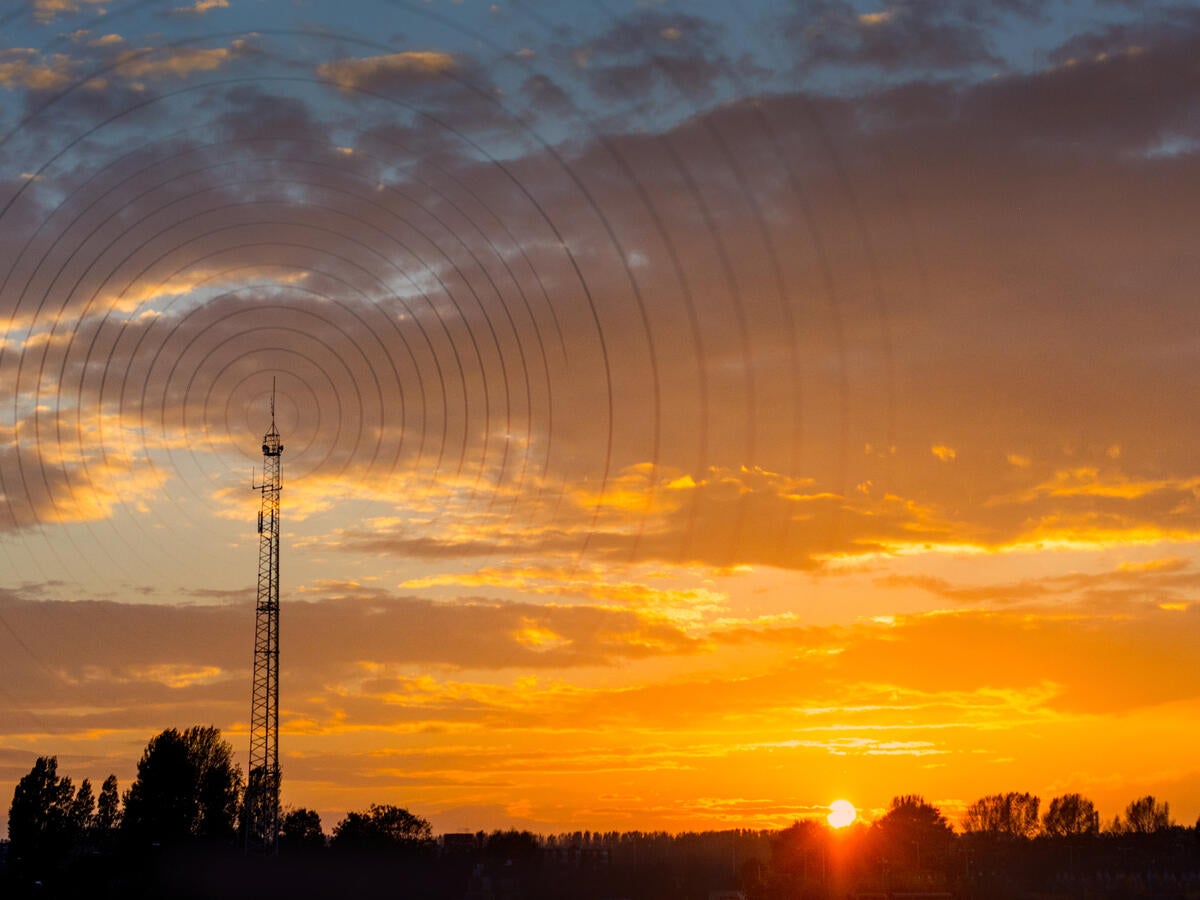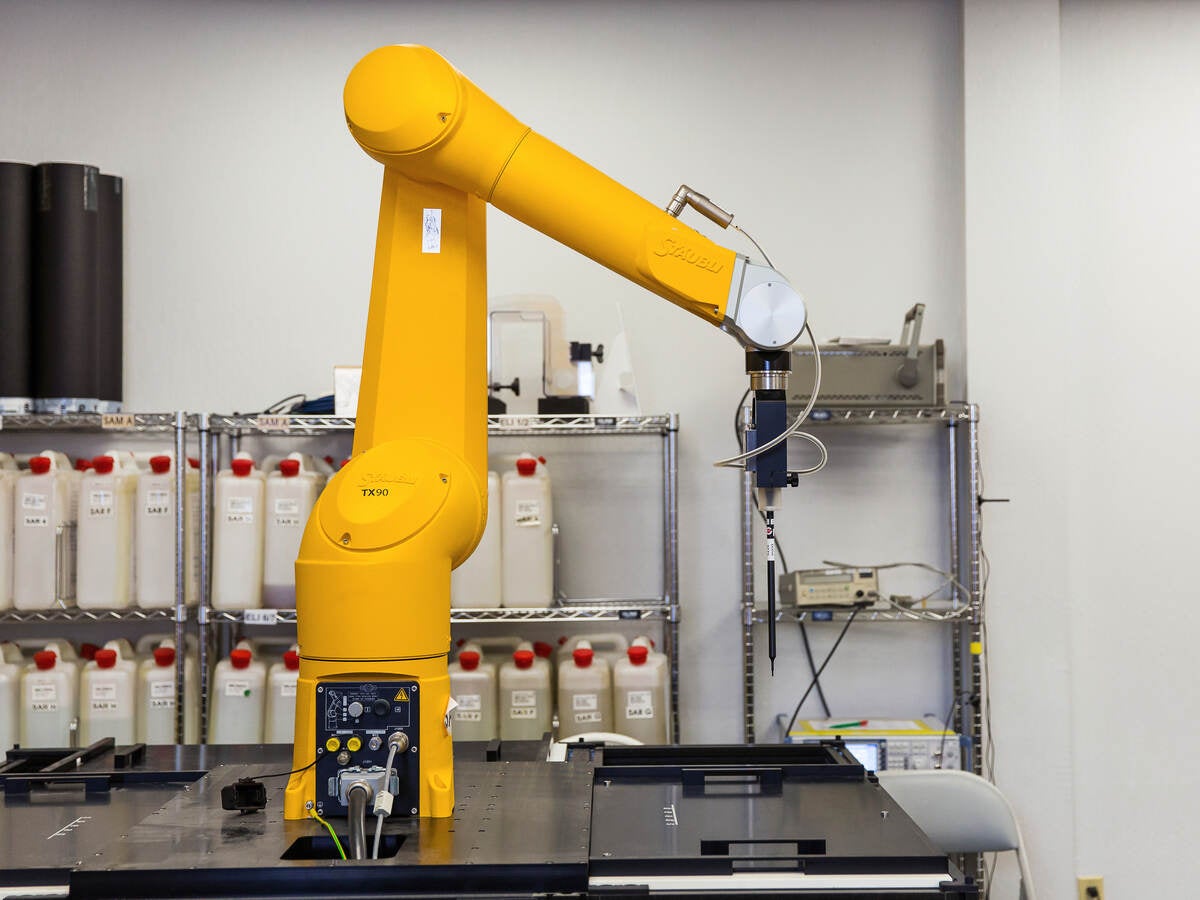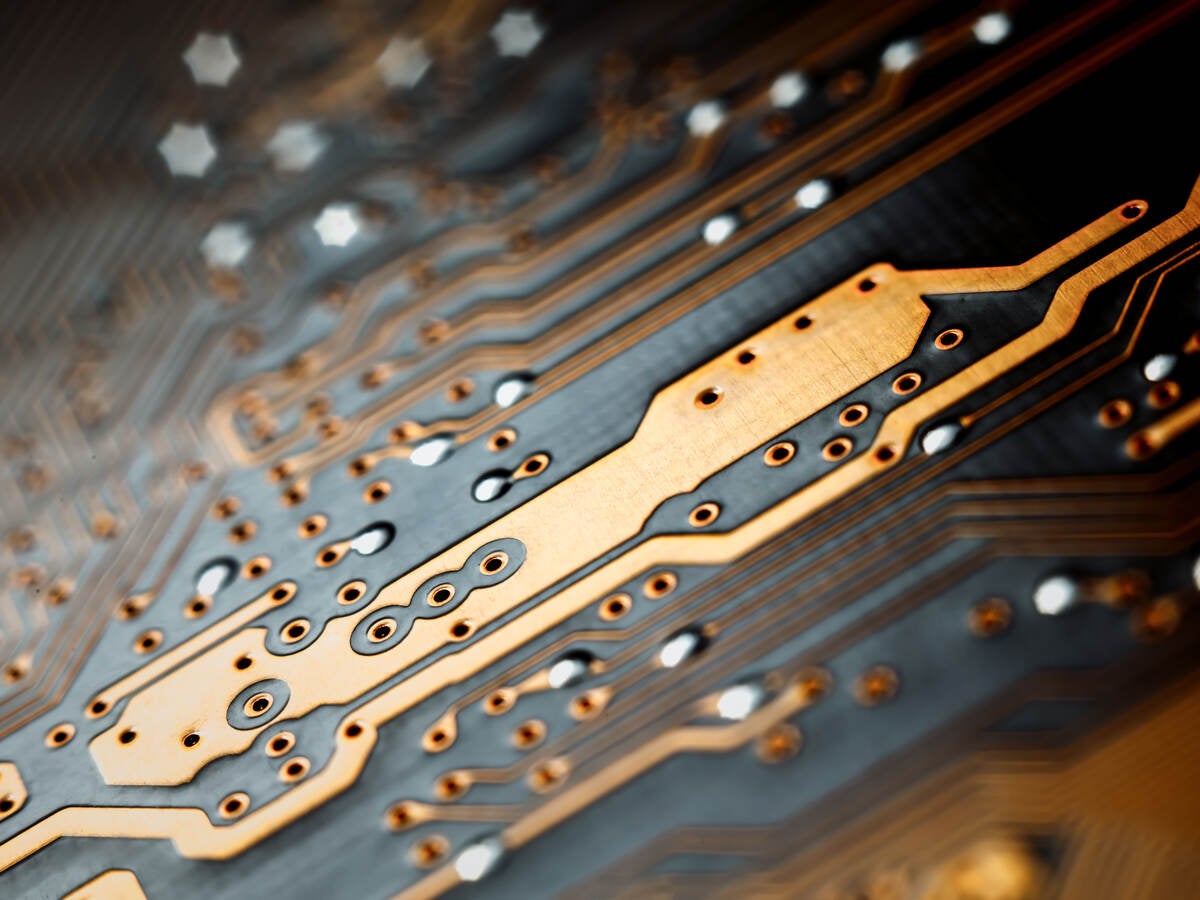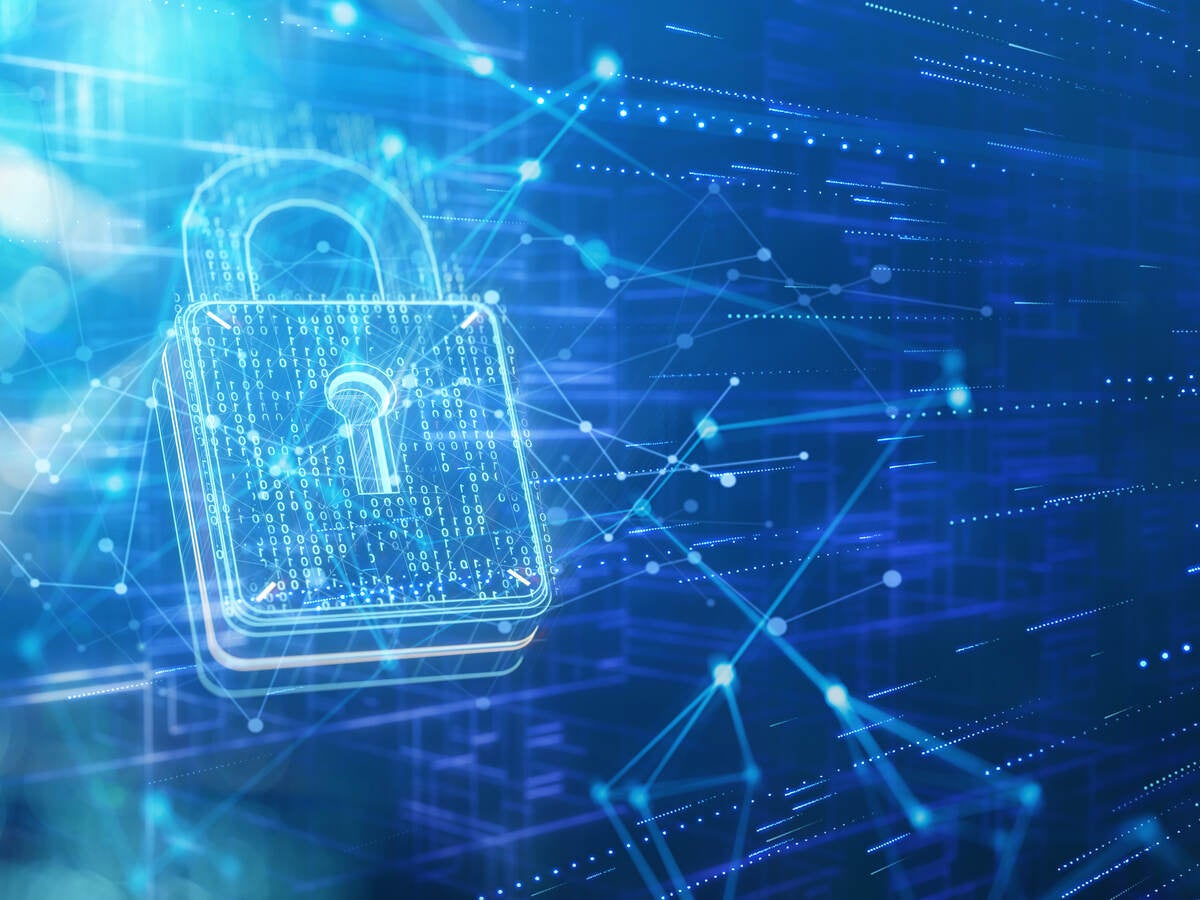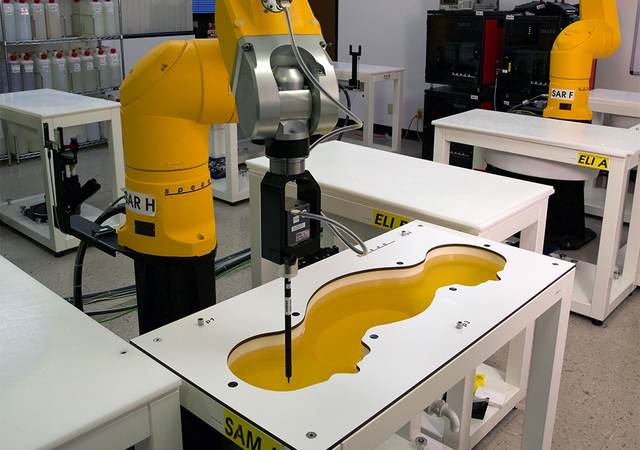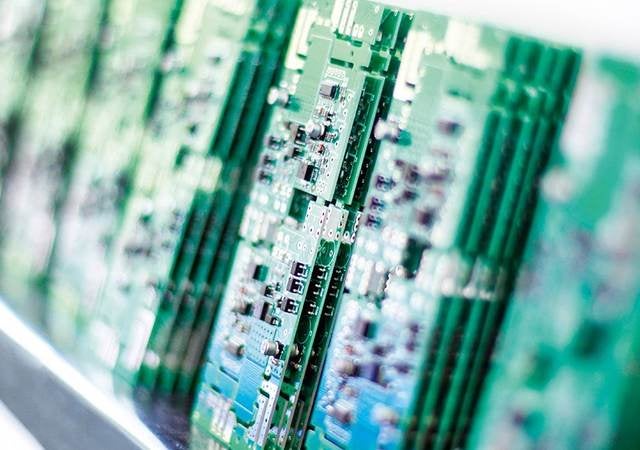5G radio frequency testing compliance
New technologies generally evolve faster than rules and regulations. The overall process to cope with this is straightforward. At first, a new technology must be evaluated on a case-by-case basis. As the technology evolves and matures, the regulatory bodies gain a more comprehensive understanding of the factors that impact compliance. The goal is to help ensure a high level of consistency for compliance review among different products, enable a design-to-compliance approach for manufacturers, and shorten the time to market.
Avoid delay in radio frequency testing and certification
Before any new product hits the market, the applicant must give all necessary information to the test laboratory to ensure the product is tested correctly the first time. If the certification body doesn’t receive this information, they will find the discrepancy and delay certification while additional testing is carried out. Avoid this kind of delay by making sure that the test laboratory receives all required information.
Radio frequency testing across the global marketplace
Inconsistent adoption by various countries of various frequency bands for 5G also can affect your product design choices. At the Telecommunication Certification Body (TCB) Council workshop held in October 2020, discussion centered around updates from the FCC and Canada’s Innovation, Science and Economic Development (ISED) regarding changes to radio regulations, measurement procedures and application requirements for the United States and Canada, respectively. Harmonization between the requirements of these two bodies is extensive, but not completely effective.
As a result, many manufacturers of products intended for both markets submit simultaneous applications to both countries. UL Solutions' Global Market Access experts stay abreast of changing regulations for 5G in more than 150 countries as well as the local languages and cultures and the documents needed to get your product quickly through customs.
Services related to 5G radio frequency testing
Specific absorption rate and power density testing
Specific absorption rate (SAR) is a measurement of energy absorbed within a person. Power density (PD) is a measurement of an applied field outside a person. The challenge for 5G radio frequency exposure evaluations is how to combine SAR below 6 GHz with PD above 24 GHz.
UL Solutions has more than 20 years’ experience in SAR testing, so you can rely on our industry-leading expertise to help you meet the requirements needed to launch your 5G products quickly and efficiently while mitigating the risk of a costly recall.
Countering 5G’s effects on battery life
5G products operate differently than 3G and 4G products, which can impact battery requirements. While faster data transfer with 5G means less time spent transmitting, some 5G devices are designed to operate more often or use more computer processing power to handle real-time, high-volume data transfer. These advances can impact battery life and power requirements.
Our Battery Safety Testing services are extensive, broad and lead the industry. We do more than test and certify batteries. We contribute to the development and international harmonization of industry safety and performance standards, focusing on better performance as well as safety to deliver trust and acceptance in global markets for our customers.
5G requires more attention to the design of printed circuits and printed circuit boards
Printed circuit (PC) and printed circuit board (PCB) design has always involved electrical, mechanical, environmental, thermal and manufacturing process factors. These factors become more critical and challenging for 5G products due to data rates in the gigabit range and operating frequencies in the mmWave bands.
Cybersecurity
With 5G, the overall network will have significantly more nodes, more data will be communicated and more data will be shared. Also, some portions of the 5G ecosystem will depend on low latency. For users of these devices, any denial-of-service disruptions can have severe consequences. The result is that cybersecurity will become more important as 5G networks and devices are deployed. UL Solutions' approach encompasses training, advisory and testing services. Specific elements include Security by Design, Security Development Life Cycle (or SDL) Gap Analysis, Penetration Testing and Security Framework Assessments.
Why UL Solutions for 5G radio frequency testing
5G is complex. But you don’t need to know everything about potential pitfalls if you engage with a knowledgeable partner like UL Solutions. We are one of the only providers to offer 5G testing for both mmWave and sub-6 GHz frequency ranges. UL Solutions also provides testing and certification against worldwide standards such as electromagnetic compatibility (EMC), specific absorption rate (SAR), Power Density (PD) and radio frequency (RF).
Our full-service radio laboratories are accredited by an International Laboratory Accreditation Cooperation (ILAC) Mutual Recognition Agreement (MRA) signatory. Our laboratories are also recognized by the regulatory agencies in the USA (FCC), Canada (ISED), Japan, Singapore, South Korea and more.
With more than 20 years of experience testing devices in the mmWave frequency ranges and a global presence, UL Solutions guides you through every step of the process to help you launch products to markets in time.
Get connected with our sales team
Thanks for your interest in our products and services. Let's collect some information so we can connect you with the right person.

